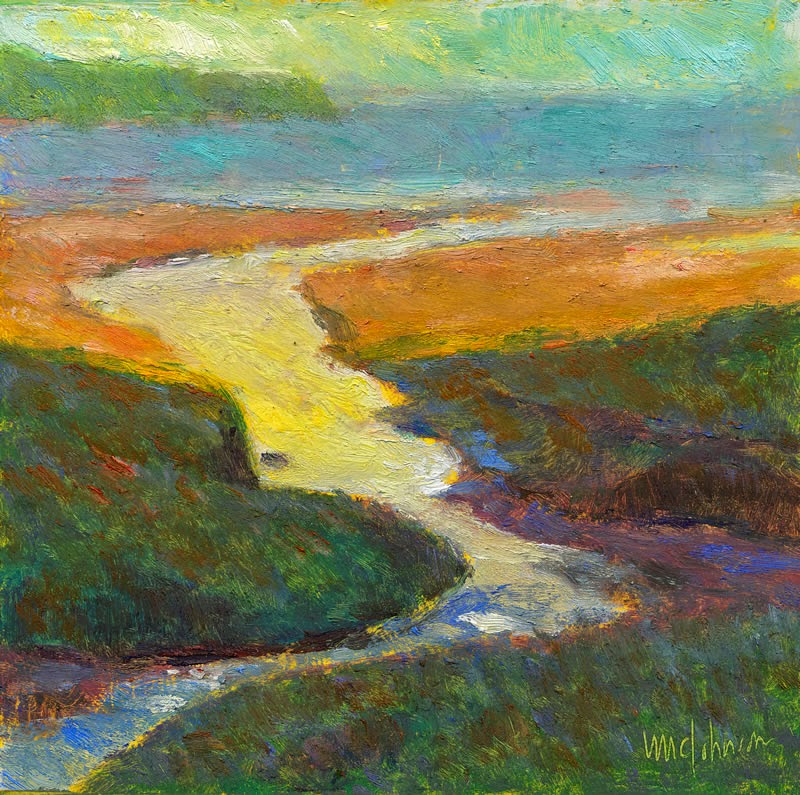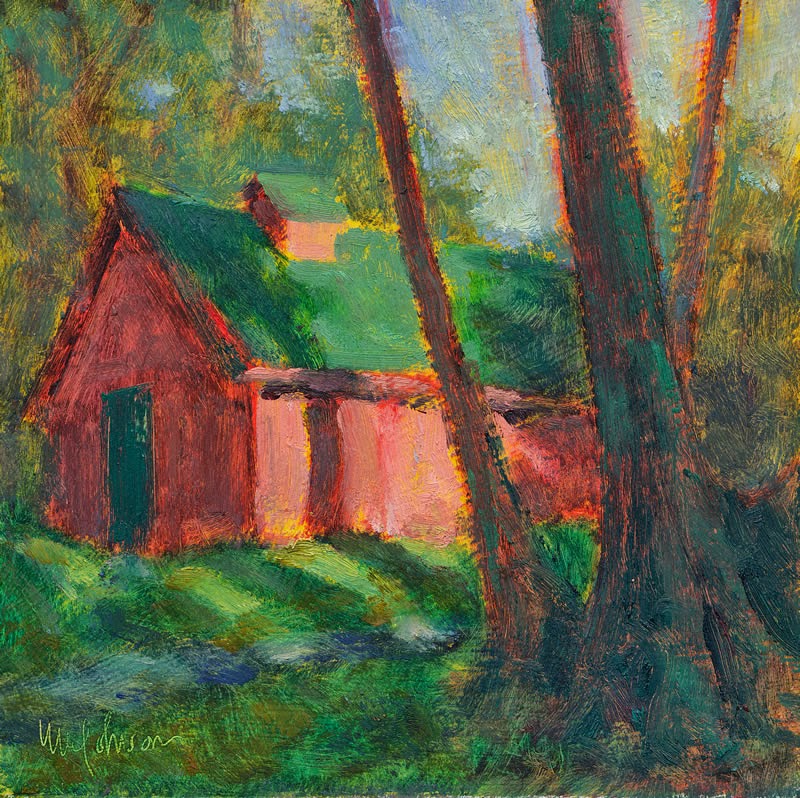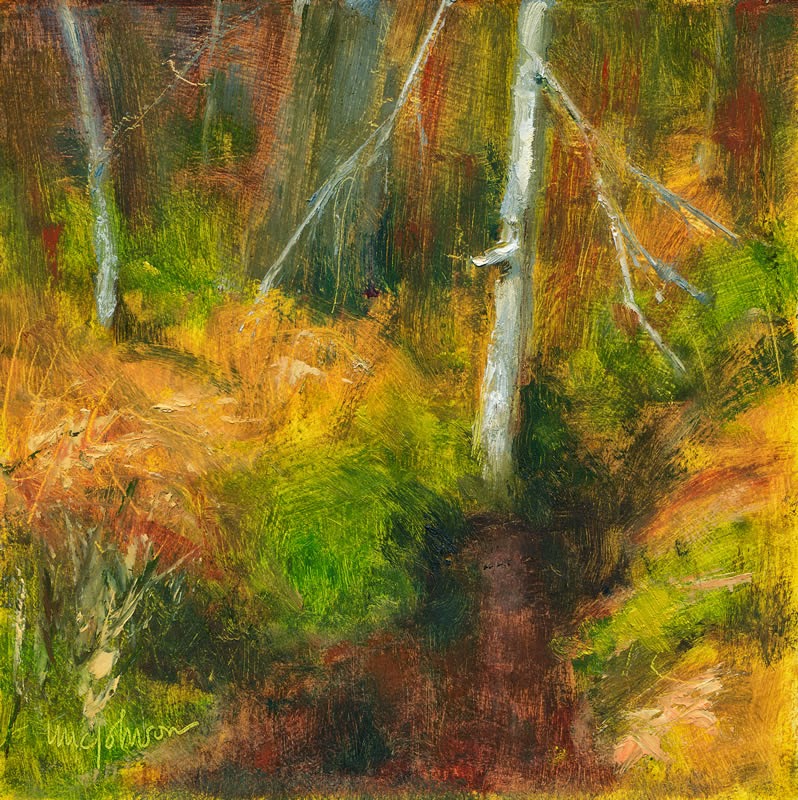Love may be an addiction, but it’s at the heart of everything we do. Happy Valentine’s Day!
 |
|
Birthday, 1915, Marc Chagall, courtesy Museum of Modern Art
|
Yesterday I quit drinking coffee. This wasn’t my choice; it was on the advice of my medical professional. He’s loads of fun; this regimen also precludes alcohol, sugar, wheat and dairy. None of those other things caused me a moment’s trouble, but the coffee? I’ve been drinking it since I was nine years old. I like the taste, the smell, the buzz. Coffee is a very mild stimulant, I thought, and dropping it out of my diet should be no big deal.
Wrong. I have withdrawal symptoms in spades: headache, tremors, and the need to sleep forever. I looked out at the snow piling up in the driveway, said a bleary “fuggetaboutit” and cancelled my appointment for the afternoon.
 |
|
Two Lovers Beneath an Umbrella in the Snow, color woodblock print, c. 1767, Suzuki Harunobu, courtesy Art Institute of Chicago
|
Clearly, coffee is a much bigger player in my biochemistry than I thought. It’s clearly a physical addiction, but it’s one I’ve never paid attention to. That got me wondering what other habits are running in the background, messing with the fine-tuning of my operating system.
When I’m on the road, I can be outside in the field painting by the time the sun clears the trees. My blog is written, I’m showered, my lunch—such as it is—is made, and my gear is set up. Why, then, does it take me until late morning to get into my studio at home? I’m not lazy; in fact, I’m pretty darned disciplined.
 |
|
The Cradle, 1872, Berthe Morisot, courtesy Musée d’Orsay
|
It’s this infernal machine I’m holding in my hands. Much of what it shoots at me is chaff, but some things are important. Is there a way to quit my computer like I quit coffee? I don’t think so.
“Back when I first decided to become a painter, of my ‘art’ time, I spent 80% of it painting and 20% on marketing. Now, a couple of decades later, I spend 20% on painting and 80% on marketing,” lamented
Michael Chesley Johnsonyesterday. I feel his pain.
That’s not all I do on this machine. I use my computer to ‘talk’ to my friends, read the news, and keep in contact with my adult kids and grandkids. But those are things I enjoy. Relationship is programmed into our minds; our systems rise to it like fish to a lure.
On the other hand, that’s what I said about coffee.
 |
|
The Resurrection, Cookham, 1924–7, Sir Stanley Spencer, courtesy the Tate
|
Next week, I’m going to gum up my productivity still farther, by having my grandchildren here for the week. We’ll go see if
Little Bear is still sleeping, take a twirl or two on our skates, and visit the beach. All painting will be with tempera on a very short easel.
Love may be an addiction, but it’s the heart of living. Happy Valentine’s Day!
























